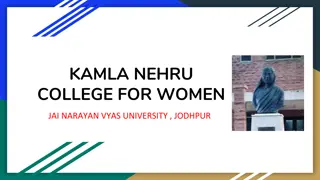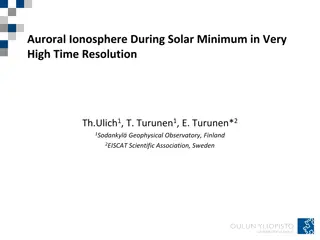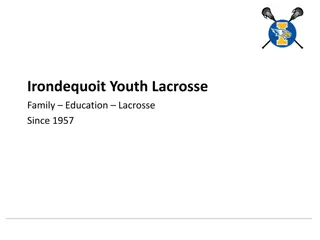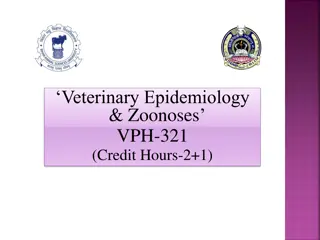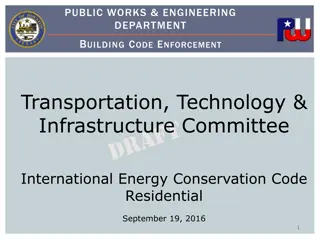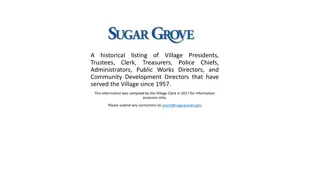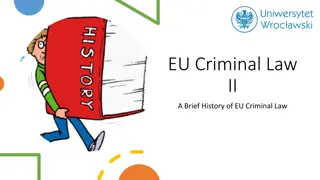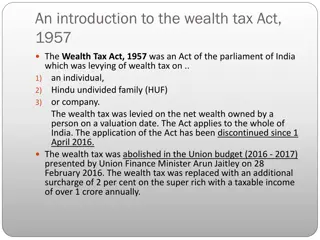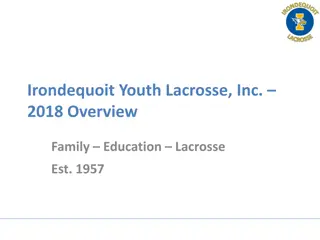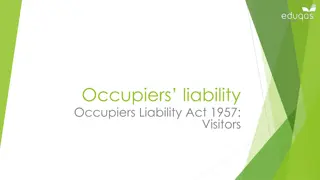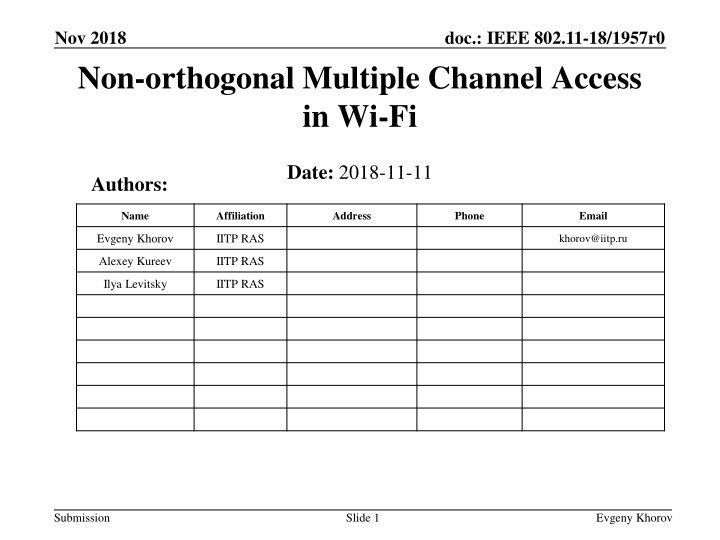
Non-orthogonal Multiple Channel Access in Wi-Fi Networks
Dive into the concept of Non-orthogonal Multiple Access (NOMA) in Wi-Fi networks, specifically focusing on Downlink NOMA, which can improve network performance. Explore the basic idea, examples, throughput comparisons, and the balance between different links. Discover how NOMA can be implemented without drastic changes to the physical layer, offering a promising solution for serving multiple devices efficiently.
Download Presentation

Please find below an Image/Link to download the presentation.
The content on the website is provided AS IS for your information and personal use only. It may not be sold, licensed, or shared on other websites without obtaining consent from the author. If you encounter any issues during the download, it is possible that the publisher has removed the file from their server.
You are allowed to download the files provided on this website for personal or commercial use, subject to the condition that they are used lawfully. All files are the property of their respective owners.
The content on the website is provided AS IS for your information and personal use only. It may not be sold, licensed, or shared on other websites without obtaining consent from the author.
E N D
Presentation Transcript
Nov 2018 doc.: IEEE 802.11-18/1957r0 Non-orthogonal Multiple Channel Access in Wi-Fi Date: 2018-11-11 Authors: Name Affiliation Address Phone Email Evgeny Khorov IITP RAS khorov@iitp.ru Alexey Kureev IITP RAS Ilya Levitsky IITP RAS Submission Slide 1 Evgeny Khorov
Nov 2018 doc.: IEEE 802.11-18/1957r0 Motivation In current networks, it is a typical situation when an access point serves several devises located at different distances from the AP and having different traffic load. In this case, Non-orthogonal multiple access (NOMA) can be a promising solution. This presentation only considers DOWNLINK NOMA. DL NOMA can be implemented without drastic changes into PHY layer Submission Slide 2 Evgeny Khorov
Nov 2018 doc.: IEEE 802.11-18/1957r0 Basic Idea of Downlink NOMA (1) AP Power P STA 2 To STA2 ? ? To STA1 STA2 decodes signal to STA1 and performs Successive Interference Cancelation (SIC) STA 1 ????2= ? log 1 +(1 ?) ? ??? ????2 ?????2 ? ? ??? ????1 ?????1+ (1 ? ? ??? ????1 ????1= ? log 1 + Submission Slide 3 Evgeny Khorov
Nov 2018 doc.: IEEE 802.11-18/1957r0 Basic Idea of Downlink NOMA (2) TX side RX side STA1 Q I STA2 Submission Slide 4 Evgeny Khorov
Nov 2018 doc.: IEEE 802.11-18/1957r0 TX Scheme SIFS SIFS DIFS To STA2 To STA1 AP STA1 ACK STA2 ACK Submission Slide 5 Evgeny Khorov
Nov 2018 doc.: IEEE 802.11-18/1957r0 Example 802.11a 3 dB 19 dB STA1 0 STA2 6 STA1 0 STA2 4 Standard SNR1 SNR2 MCS TDMA MCS NOMA 30 25 20 Mbps 15 10 5 0 STA1 Throughput STA2 Throughput Agregated Throughput Geometric Mean Round Robin 1K/1K NOMA 1K/4K Submission Slide 6 Evgeny Khorov
Nov 2018 doc.: IEEE 802.11-18/1957r0 Example 802.11a 3 dB 19 dB STA1 0 STA2 6 STA1 0 STA2 4 Standard SNR1 SNR2 MCS TDMA MCS NOMA 30 25 20 Mbps 15 10 +43% 5 +92% 0 STA1 Throughput STA2 Throughput Agregated Throughput Geometric Mean Round Robin 1K/1K Round Robin 1K/4K NOMA 1K/4K Proportional Fair 1K/4K Submission Slide 7 Evgeny Khorov
Nov 2018 doc.: IEEE 802.11-18/1957r0 Balance between Link 1 and Link 2 40 NOMA 35 TDMA 30 Link 2, Mbps 25 20 15 10 5 0 0 1 2 3 4 5 6 Link 1, Mbps Submission Slide 8 Evgeny Khorov
Nov 2018 doc.: IEEE 802.11-18/1957r0 Testbed. Proof of concept AP (SDR) STA2 (SDR) As NOMA device STA1 (Laptop) As legacy device Submission Slide 9 Evgeny Khorov
Nov 2018 doc.: IEEE 802.11-18/1957r0 Properties Backward compatibility (STA 1 can be legacy) Almost double throughput for the STA with poor channel (in case of fare resource allocation) OR Manifold gain in throughput of the nearest STA (STA 2) when providing guaranteed throughput for the furthest STA (STA 1) Submission Slide 10 Evgeny Khorov
Nov 2018 doc.: IEEE 802.11-18/1957r0 Straw Poll Is the problem of NOMA in 802.11 interesting to you? Yes No Abstain Submission Slide 11 Evgeny Khorov

![❤[READ]❤ Robotic Exploration of the Solar System: Part I: The Golden Age 1957-19](/thumb/21623/read-robotic-exploration-of-the-solar-system-part-i-the-golden-age-1957-19.jpg)
